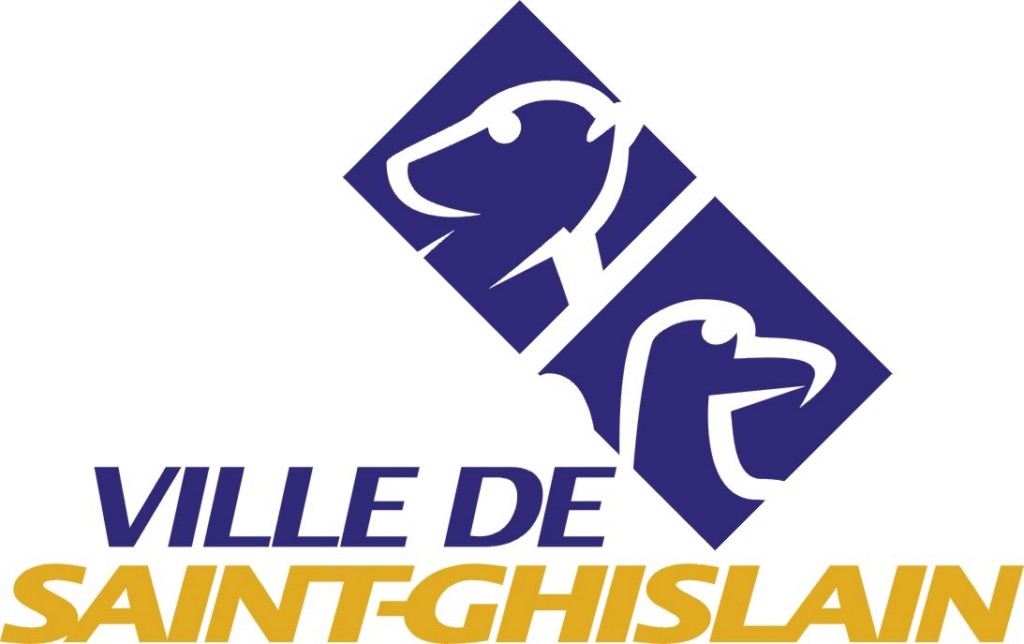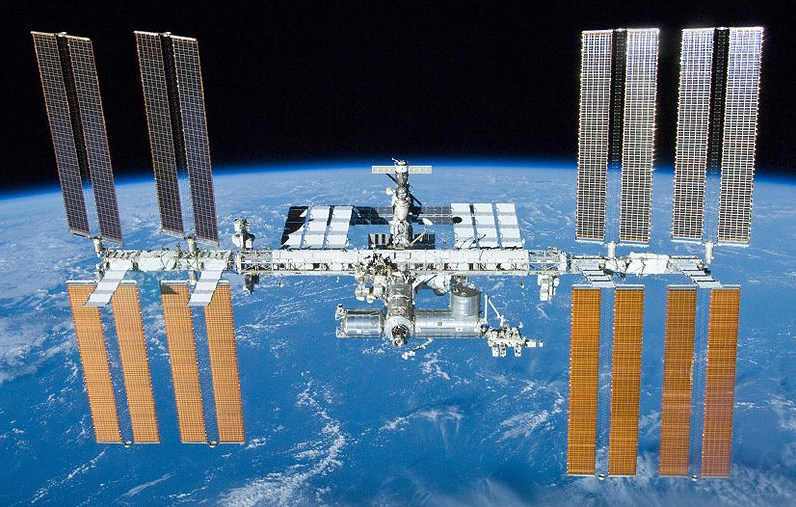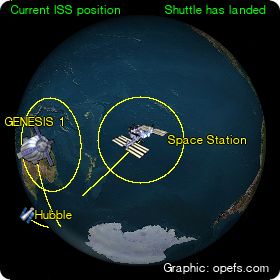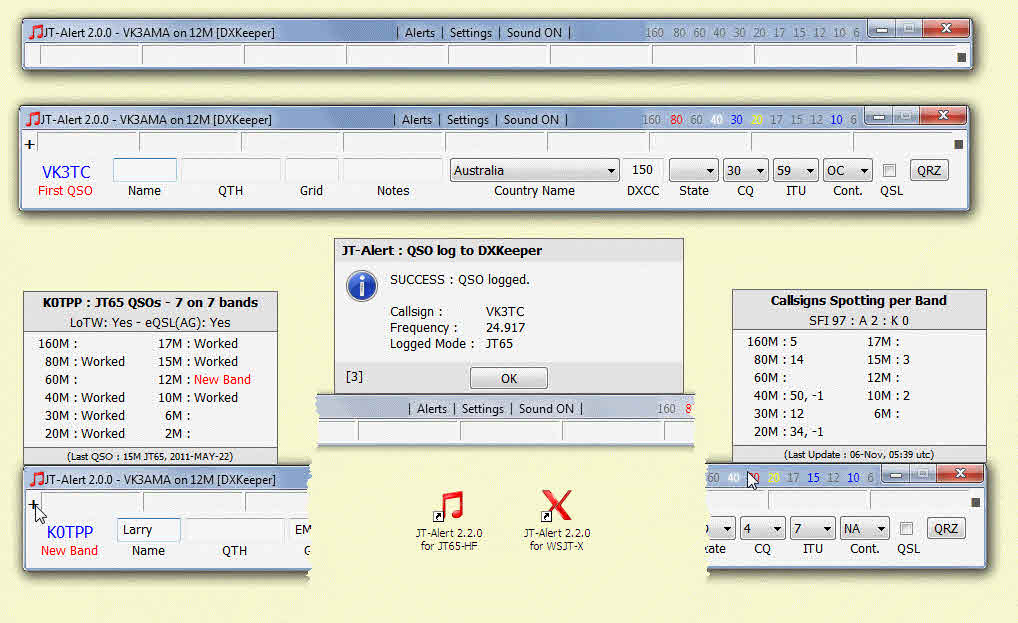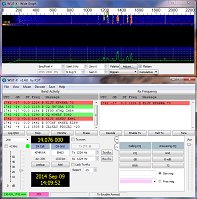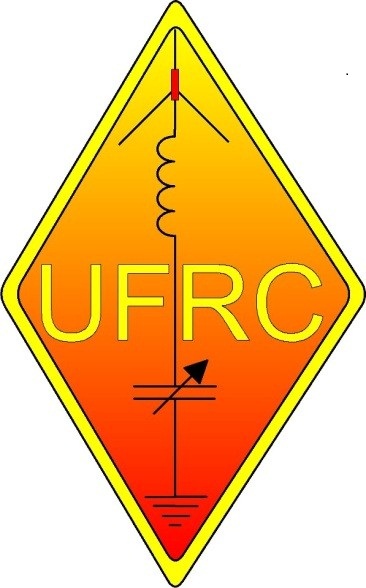Giant berg on collision course with South Georgia
The colossus iceberg that split from Antarctica’s Larsen C ice shelf on 12 July 2017 is on a collision course with South Georgia.
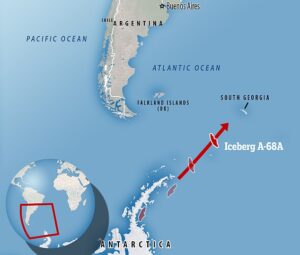 Over the last three years, satellite missions such as Copernicus Sentinel-1 have been used to track the berg as it has drifted in the Southern Ocean. For the first two years, it remained close to its parent ice sheet, impeded by sea ice. But now, as the map shows, the main chunk of the A-68 berg, known as A-68A, is heading rapidly for South Georgia. It is now about 350 km from the island.
Over the last three years, satellite missions such as Copernicus Sentinel-1 have been used to track the berg as it has drifted in the Southern Ocean. For the first two years, it remained close to its parent ice sheet, impeded by sea ice. But now, as the map shows, the main chunk of the A-68 berg, known as A-68A, is heading rapidly for South Georgia. It is now about 350 km from the island.
About the same size as the South Atlantic island, it could ground in the shallow waters offshore and cause real problems for the island wildlife and seafloor-dwelling life. Penguins and seals need access to the sea to feed so the iceberg could easily block their foraging routes and life on the seafloor could be crushed if the berg grounds. The fear is that if the berg does anchor against the South Georgia coast, it could remain there for up to 10 years. When the A38 grounded here in 2004, many dead penguin chicks and seal pups were found along the shoreline.
Thanks and credit ESA. Read more at:
https://www.esa.int/ESA_Multimedia/Images/2020/11/Giant_berg_on_collision_course_with_South_Georgia
TNX Volker DL8JDX
Version traduite en Français via Google Translate
Berg géant en collision avec la Géorgie du Sud
L’iceberg colosse qui s’est séparé de la banquise Larsen C de l’Antarctique le 12 juillet 2017 est sur une trajectoire de collision avec Géorgie du Sud.
À peu près de la même taille que l’île de l’Atlantique Sud, elle pourrait s’échouer dans les eaux peu profondes du large et causer de réels problèmes à la faune insulaire et à la vie des fonds marins. Les manchots et les phoques ont besoin d’un accès à la mer pour se nourrir, de sorte que l’iceberg puisse facilement bloquer leurs itinéraires d’alimentation et que la vie sur le fond marin pourrait être écrasée si le berg fond. La crainte est que si le berg jette l’ancre contre la côte de la Géorgie du Sud, il pourrait y rester jusqu’à 10 ans. Lorsque l’A38 s’est échoué ici en 2004, de nombreux poussins de pingouins et bébés phoques morts ont été trouvés le long du rivage.
Merci et crédit ESA. Lire la suite sur:
https://www.esa.int/ESA_Multimedia/Images/2020/11/Giant_berg_on_collision_course_with_South_Georgia
Merci Volker DL8JDX
Info de la Source Publié * ICI

